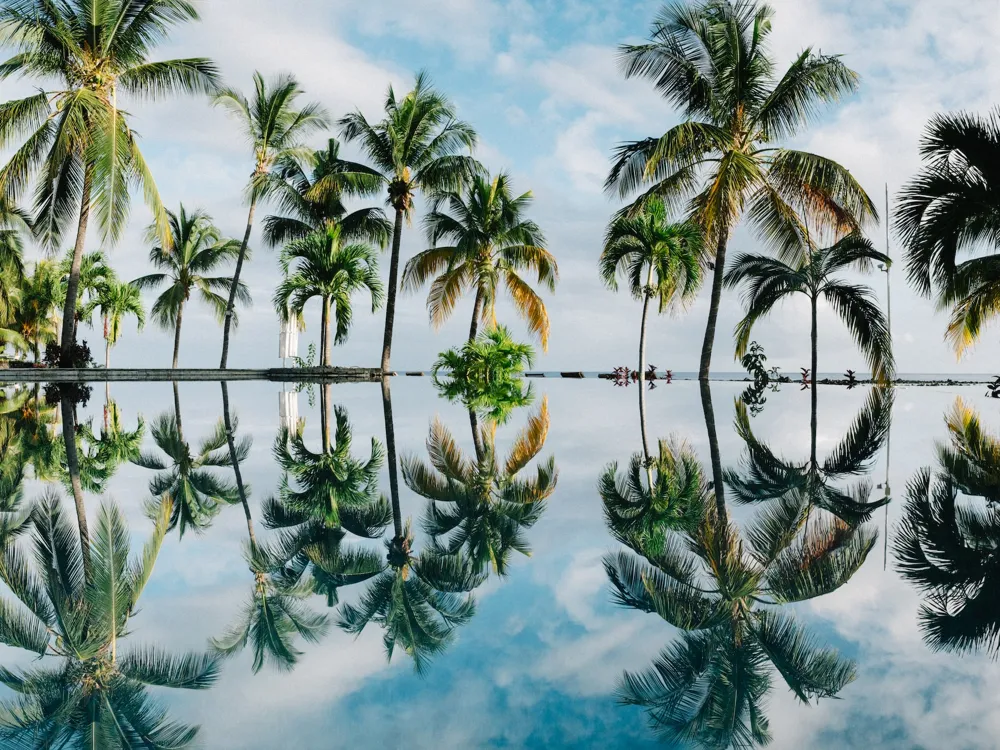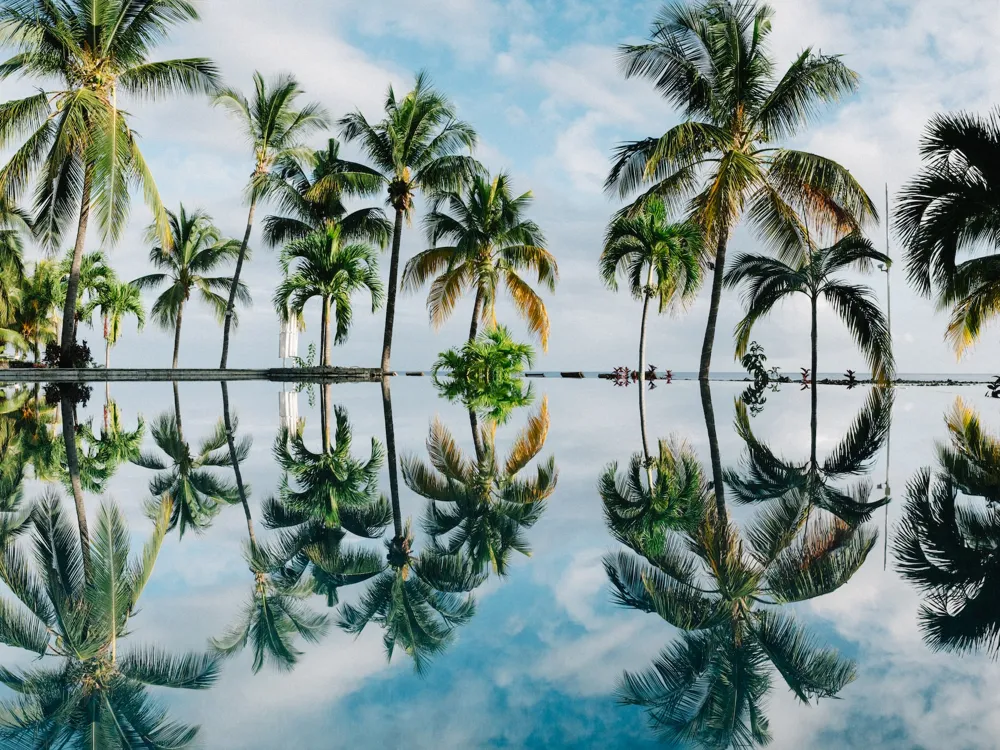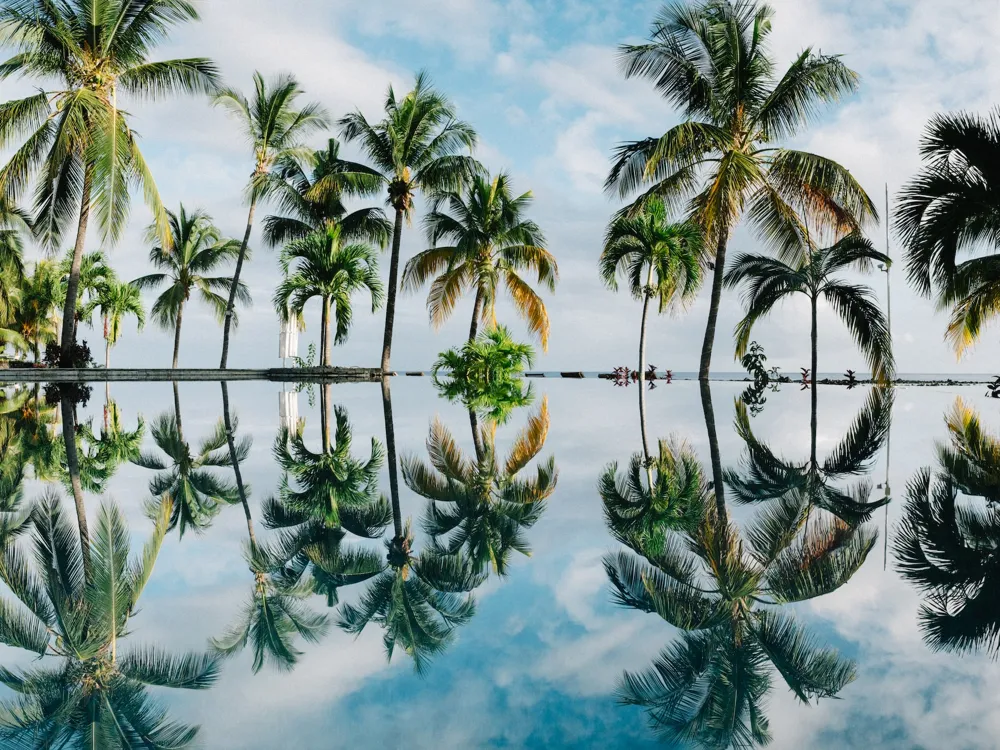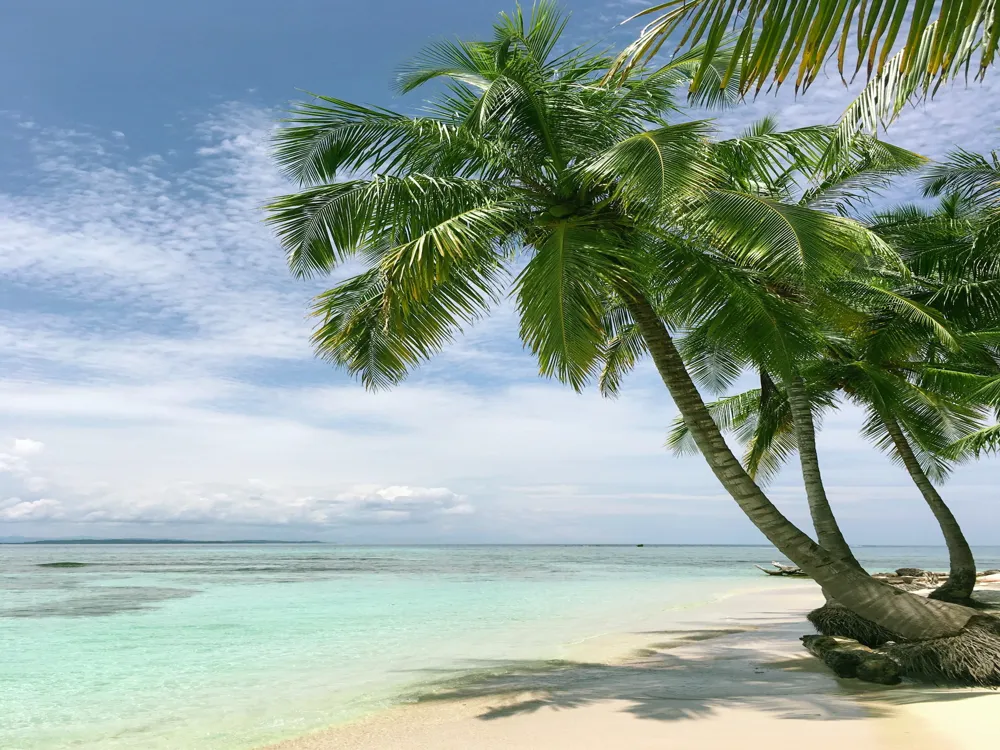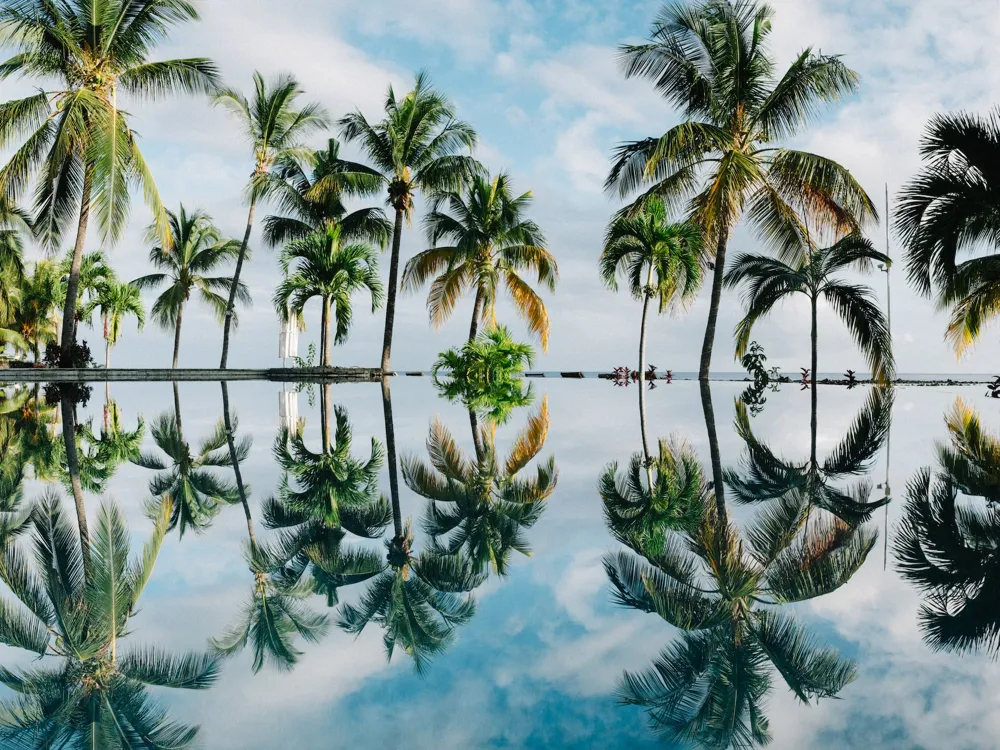Nestled in the quaint village of Cap Malheureux, at the northernmost tip of Mauritius, stands the iconic Notre Dame Auxiliatrice - a symbol of tranquility and a testament to the island's rich cultural tapestry. This revered site, with its unmistakable red roof, overlooks the azure waters of the Indian Ocean, offering a serene backdrop that has enchanted visitors and locals alike for decades. Its history is as colorful as its facade, deeply intertwined with the Mauritian way of life and the diverse influences that have shaped this island nation. The story of Notre Dame Auxiliatrice begins in the early 20th century, a period marked by significant religious fervor across Mauritius. Constructed in 1938, the chapel stands as a vivid reminder of the island's colonial past and its journey towards a multicultural future. The choice of location is significant - Cap Malheureux, translated as 'Cape of Misfortune,' was so named because of the numerous shipwrecks that occurred off its coast. Yet, in contrast to its name, the chapel has become a beacon of hope and faith for many. The architecture of Notre Dame Auxiliatrice, with its simple yet striking design, is a reflection of the island's blend of European and Creole influences. Its bright red roof, set against the blue sky and sea, creates a picture-perfect scene that has become a symbol of Mauritius's postcard beauty. The chapel's interior, though modest, exudes a peaceful ambiance, with its wooden pews and stained glass windows telling stories of faith and devotion. Beyond its architectural allure, Notre Dame Auxiliatrice is a living part of the community. It serves as a place of worship, a venue for vibrant cultural celebrations, and a beacon for visitors seeking a moment of tranquility. Its presence reflects the deeply ingrained religious traditions of Mauritius, a place where different faiths coexist harmoniously. The chapel is not just a tourist attraction; it's a cornerstone of the local community's identity. The architecture of Notre Dame Auxiliatrice is a captivating blend of simplicity and elegance, embodying both the cultural diversity and the historical depth of Mauritius. The chapel, although small in size, makes a profound statement with its distinctive red roof - a feature that has made it one of the most photographed sites on the island. This vibrant color choice is not only aesthetically pleasing but also holds a deeper symbolic meaning, reflecting the warmth and passion of the Mauritian spirit. The structure of Notre Dame Auxiliatrice is a harmonious blend of traditional European church architecture with local Creole influences. The building's façade, with its clean lines and unadorned white walls, speaks to the influence of colonial architectural styles. In contrast, the interior of the chapel is a reflection of the island's Creole heritage, with its wooden beams and rustic charm creating an atmosphere of warmth and welcome. One of the most striking features of Notre Dame Auxiliatrice is its array of stained glass windows. These windows, each telling a different biblical story, are not only significant for their religious symbolism but also for their artistic merit. The way light filters through them, casting colorful patterns on the walls and floor, creates an ethereal atmosphere that adds to the chapel's mystical charm. The chapel's design also reflects a deep understanding and respect for the natural surroundings. Positioned to face the sea, it offers breathtaking views, allowing visitors to contemplate nature's beauty in a peaceful setting. The integration of the chapel with its environment is a testament to the Mauritian ethos of living in harmony with nature. When visiting Notre Dame Auxiliatrice, it's important to dress modestly out of respect for the religious site. Lightweight clothing that covers the shoulders and knees is recommended, especially on hot days. The chapel is most serene early in the morning or late in the afternoon. Avoiding peak tourist hours ensures a more peaceful experience and better photo opportunities with fewer crowds. While photography is allowed, it's crucial to be respectful. Avoid using flash inside the chapel and be mindful of worshippers and other visitors when taking photos. Cap Malheureux and its surroundings offer much to explore. Take time to enjoy the stunning coastal views and visit nearby attractions, including local markets and beaches. Engaging with locals and learning about their customs can enrich your visit. Respect local traditions and be open to the cultural diversity that Mauritius offers. Reaching Notre Dame Auxiliatrice is straightforward, whether you're driving, taking public transport, or booking a tour. If driving, the chapel is located in the village of Cap Malheureux, accessible via the coastal road from Grand Baie, a major tourist hub. Public buses also run regularly from Grand Baie and other parts of the island. For those preferring organized tours, many local operators include the chapel in their itineraries, offering a hassle-free way to experience this iconic site. Read More:Overview of Notre Dame Auxiliatrice of Cap Malheureux, Mauritius
Architecture of Notre Dame Auxiliatrice
Tips When Visiting Notre Dame Auxiliatrice
Dress Appropriately
Best Time to Visit
Photography Etiquette
Explore the Surroundings
Local Customs and Traditions
How To Reach Notre Dame Auxiliatrice
Notre Dame Auxiliatrice
Cap Malheureux
Mauritius
₹ 24,899 onwards
View mauritius Packages
Weather :
Tags : Church & Cathedral
Timings : 9:30 AM - 7:00 PM
Time Required : 30 Mins
Planning a Trip? Ask Your Question
Mauritius Travel Packages
View All Packages For Mauritius
Top Hotel Collections for Mauritius

Private Pool

Luxury Hotels

5-Star Hotels

Pet Friendly
Top Hotels Near Mauritius
Other Top Ranking Places In Mauritius
View All Places To Visit In mauritius
View mauritius Packages
Weather :
Tags : Church & Cathedral
Timings : 9:30 AM - 7:00 PM
Time Required : 30 Mins
Planning a Trip? Ask Your Question
Mauritius Travel Packages
View All Packages For Mauritius
Top Hotel Collections for Mauritius

Private Pool

Luxury Hotels

5-Star Hotels

Pet Friendly







